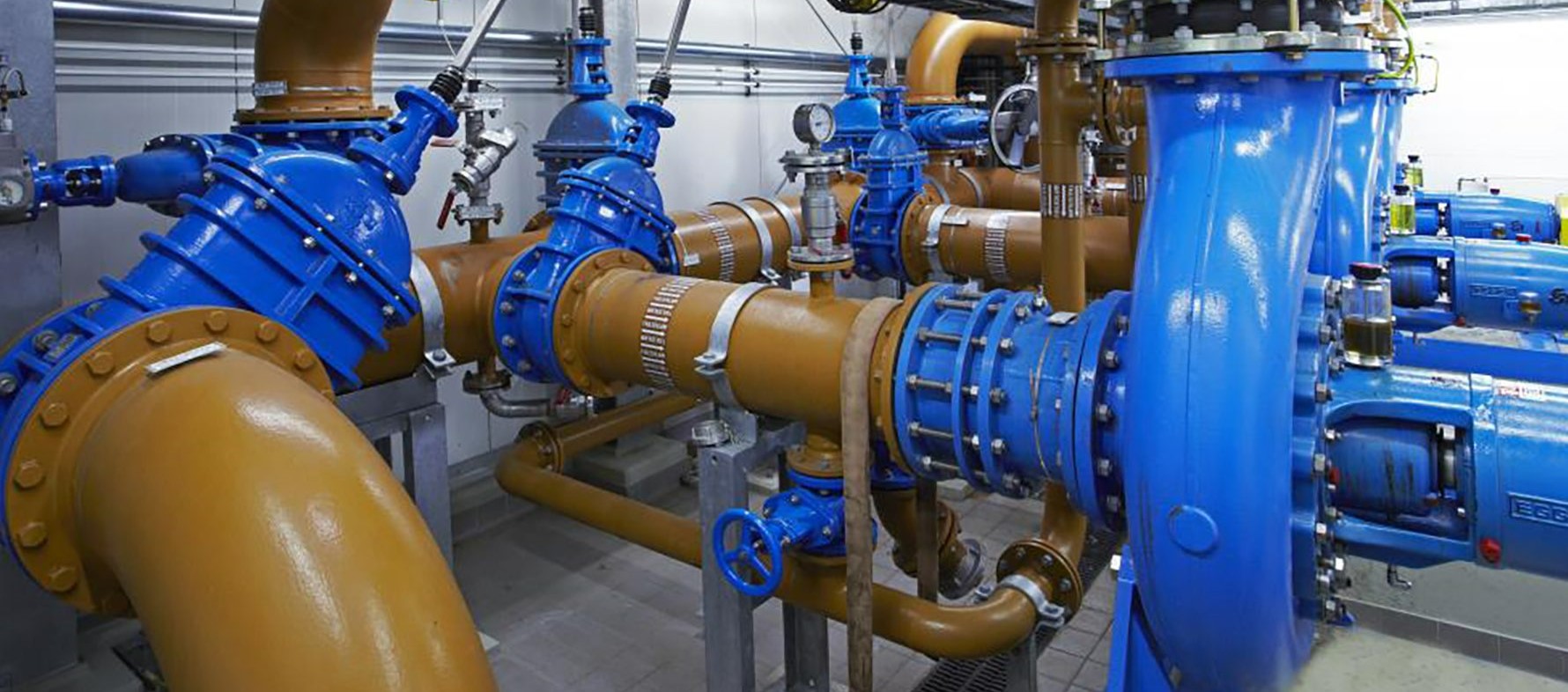Proper waste management is crucial for maintaining a clean and healthy environment. In urban areas, one of the significant challenges is sewage disposal. However, with the advent of powerful sewage pumps, waste management has become more efficient and effective. In this article, we will explore the importance of sewage pumps and provide a step-by-step guide on how to implement them for optimal waste management.
-
Understanding the Role of Sewage Pumps:
Sewage pumps are robust mechanical devices designed to transport wastewater from one location to another. They play a vital role in removing sewage from residential, commercial, and industrial areas, ensuring the safe and efficient disposal of waste. By preventing sewage overflows and backups, sewage pumps protect the environment from contamination and reduce health risks.
-
Assessing Your Waste Management Needs:
Before installing sewage pumps, it's essential to assess your waste management needs. Consider factors such as the volume of wastewater generated, the number of users, and the distance required for sewage transportation. This assessment will help determine the type and capacity of sewage pumps needed for your specific application.
-
Selecting the Right Sewage Pump:
Choosing the right sewage pump is crucial for effective waste management. There are various types of sewage pumps available, including submersible pumps, grinder pumps, and effluent pumps. Submersible pumps are ideal for areas with high water tables, while grinder pumps are suitable for handling solid waste. Effluent pumps are commonly used for residential applications. Select a sewage pump that best fits your waste management requirements.
-
Proper Installation and Placement:
Proper installation and placement of sewage pumps are vital for their optimal performance. Ensure that the pump is placed in a well-ventilated and secure location. Submersible pumps should be installed at a depth that allows them to operate without any obstruction. Additionally, consider factors such as accessibility for maintenance and safety precautions during installation.
-
Regular Maintenance and Inspection:
To keep sewage pumps running smoothly, regular maintenance and inspection are essential. Follow the manufacturer's guidelines for maintenance, which may include tasks such as checking pump performance, cleaning filters, and inspecting electrical components. Regular maintenance helps identify potential issues early and ensures uninterrupted waste disposal.
-
Monitor Pump Performance:
Monitoring pump performance is critical for identifying any irregularities or signs of malfunction. Keep track of the pump's flow rate, pressure, and power consumption. Unusual changes in these parameters may indicate a problem that requires immediate attention. Regular monitoring can help prevent breakdowns and extend the life of your sewage pump.
-
Implementing Backup Systems:
In case of power outages or pump failures, having a backup system in place is crucial. Consider installing a backup power supply or a secondary pump to ensure continuous sewage transportation even during emergencies. Backup systems offer peace of mind and prevent potential sewage backups that could lead to costly damages.
Conclusion:
Flush Away Worries with Powerful Sewage Pumps: Your Waste Management Heroes underscores the significance of sewage pumps in maintaining a clean and healthy environment. By understanding the role of sewage pumps, assessing waste management needs, selecting the right pump, proper installation, regular maintenance, and monitoring pump performance, you can ensure optimal waste management with these powerful heroes by your side. Embrace the efficiency and effectiveness of sewage pumps for a greener and cleaner future.


